Camouflage has always been an essential tool in warfare, enabling soldiers and equipment to blend into their surroundings and evade detection. Disruptive camouflage, in particular, stands out for its focus on breaking up outlines and creating visual confusion, setting it apart from other types of camouflage that primarily aim to mimic environmental colours and textures. Among the various approaches to concealment, disruptive camouflage stands out as a particularly fascinating and scientifically grounded technique. By breaking up the outline of an object or person, disruptive camouflage creates visual confusion, making it harder for observers to discern shapes and distances. This blog explores the history and principles of disruptive camouflage, charting its evolution from early experiments to its sophisticated modern applications.
The Origins of Disruptive Camouflage
Disruptive camouflage has its roots in the early 20th century, coinciding with advancements in military technology and the increasing importance of concealment on the battlefield. The concept of visually disrupting outlines predates modern warfare, with early examples seen in hunting and nature-inspired patterns used by indigenous peoples.
The systematic study and application of disruptive camouflage began during World War I, driven by the growing threat of aerial reconnaissance. Aircraft equipped with cameras could easily detect troop movements, artillery positions, and supply depots from above, forcing militaries to develop methods to obscure these targets. This technological advancement necessitated innovative camouflage techniques to counteract the increased visibility provided by airpower. With the advent of aerial reconnaissance, armies needed ways to hide troops, equipment, and infrastructure from enemy aircraft. French artist and soldier Lucien-Victor Guirand de Scévola is credited with pioneering modern camouflage, founding the "Section de Camouflage" in 1915. Drawing inspiration from Impressionist art, his team developed patterns that used contrasting colors and shapes to break up outlines and mimic natural environments.
The British and Americans quickly adopted similar techniques, with notable contributions from artists like Solomon J. Solomon and Abbott Thayer. Thayer, often called the "father of camouflage," introduced the concept of "countershading," which used gradients of color to neutralize shadows and create a flat appearance.
Disruptive Camouflage in World War II
World War II marked the golden age of disruptive camouflage. The need for concealment expanded beyond soldiers and trenches to include tanks, ships, and aircraft. Military forces developed a range of disruptive patterns tailored to specific environments, from dense forests to desert landscapes.
The German Wehrmacht introduced "Splittertarnmuster" (splinter camouflage), characterized by angular shapes and overlapping colors. The British Army developed "Denison smocks" for paratroopers, featuring irregular, brushstroke-like patterns. The U.S. military, meanwhile, experimented with various designs, including the "frog-skin" pattern used by Marines in the Pacific.
Naval forces also embraced disruptive camouflage with "dazzle painting." One notable example was its use on the British merchant ship SS West Mahomet during World War I. Dazzle painting on ships like this successfully confused German U-boat crews, making it harder to accurately determine the ship's speed, size, and direction, thereby reducing the risk of torpedo hits. Unlike traditional camouflage, dazzle patterns used bold, geometric shapes and high-contrast colors to confuse enemy gunners about a ship’s speed and direction. While visually striking, dazzle painting relied more on misdirection than concealment, representing a unique application of disruptive principles
Cold War Developments in Disruptive Camouflage
During the Cold War, disruptive camouflage evolved to meet the demands of new environments and geopolitical challenges. Both NATO and Warsaw Pact countries invested in refining camouflage for soldiers, vehicles, and equipment.
In West Germany, the Bundeswehr adopted the "Splinter B" pattern, a refined version of the WWII Splittertarnmuster, which featured subtler colors and omitted the rain-like streaks of its predecessor. This design was used primarily for equipment such as shelter halves. East Germany, on the other hand, developed the "Strichtarn" or "rain pattern," which used linear elements to create a disruptive effect, reflecting the practical needs of the Eastern Bloc's military forces.
The Soviet Union and its allies leaned towards blotchy and brushstroke designs, yet they incorporated disruptive principles to obscure shapes and blend into varied terrains. These patterns were tailored to specific climates, from snowy forests to arid steppes.
Swedish Innovations in Camouflage
Sweden’s contribution to disruptive camouflage reached new heights in the late 20th century with the introduction of the M90 pattern in the 1980s. The M90 camouflage is notable for its bold, angular shapes in greens, browns, and blacks, specifically designed to match the dense forests and rocky landscapes of Sweden. This geometric pattern reflects the same principles of disruption as earlier designs but with an emphasis on versatility and modernity. The M90 remains in use today, showcasing its effectiveness and durability.
The Science Behind Disruptive Camouflage
The effectiveness of disruptive camouflage lies in its ability to exploit the human visual system. Key principles include:
1 Disruption of Outlines: Contrasting shapes and colors break up the edges of an object, making it harder to identify.
2 Mimicry of Natural Environments: Patterns replicate textures and colors found in the surroundings, blending the object into its environment.
3 Countershading: Gradual color transitions neutralize shadows and create an illusion of flatness.
4 False Shapes: Irregular patterns can create the appearance of separate, smaller objects, further confusing observers.
These principles are grounded in studies of visual perception, particularly Gestalt psychology, which explores how the brain organizes visual information.
Modern Applications and Digital Camouflage
The advent of digital technologies in the late 20th century revolutionized disruptive camouflage. Pixelated patterns, such as the U.S. Army’s Universal Camouflage Pattern (UCP) and MARPAT (Marine Pattern), leverage the same principles of disruption but with enhanced precision. Digital designs are optimized for both human observers and electronic sensors, making them versatile in diverse environments.
Modern disruptive camouflage also extends beyond the battlefield. In wildlife conservation, researchers use disruptive patterns to track and protect animals. In fashion, disruptive camouflage has become a popular aesthetic, blending military heritage with contemporary design.
In Short
Disruptive camouflage exemplifies the intersection of art, science, and military strategy. From its early adoption in World War I to its Cold War refinements and cutting-edge applications today, it continues to evolve, adapting to new challenges and technologies. Its enduring effectiveness underscores a simple yet profound truth: in both war and nature, the ability to remain unseen can mean the difference between survival and defeat.


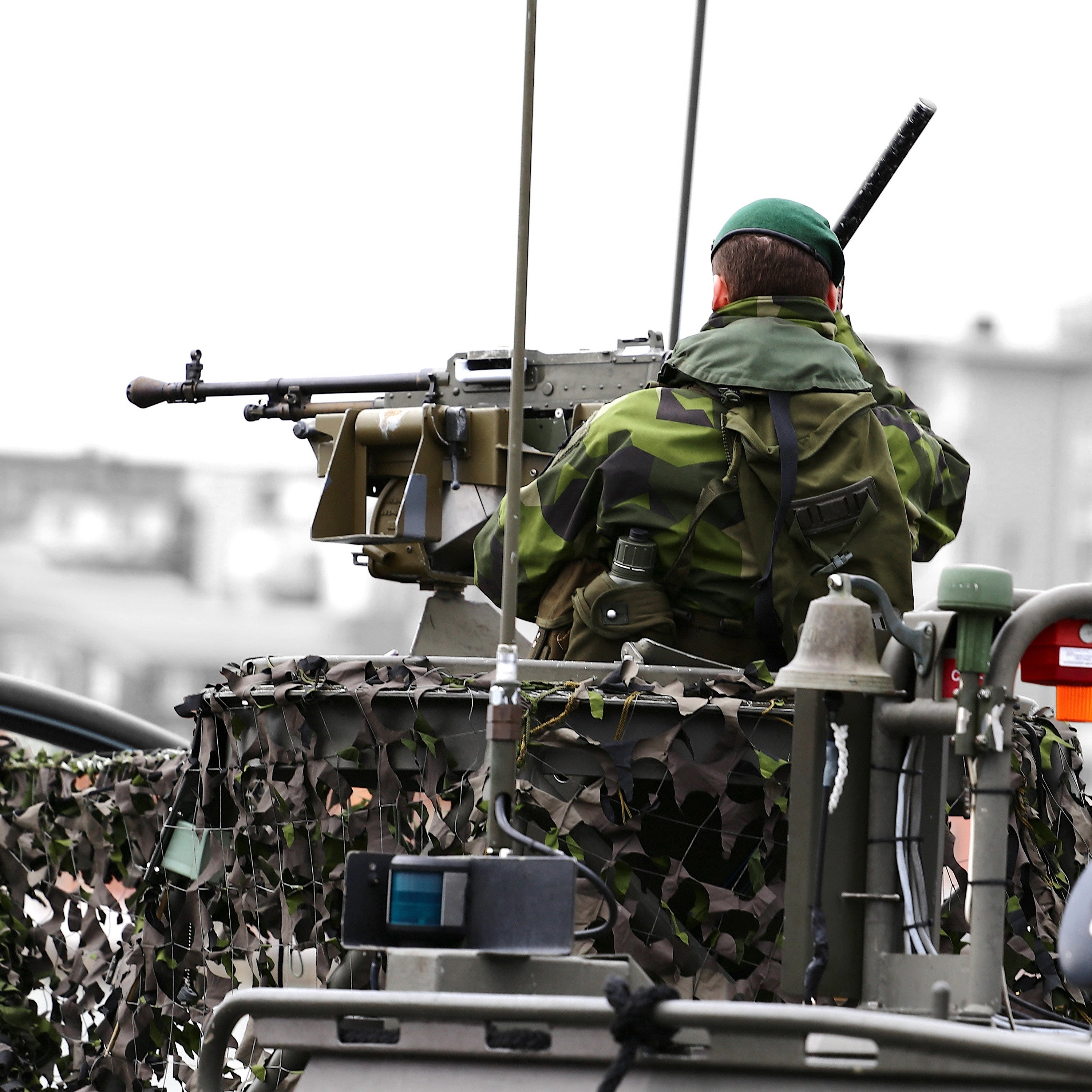
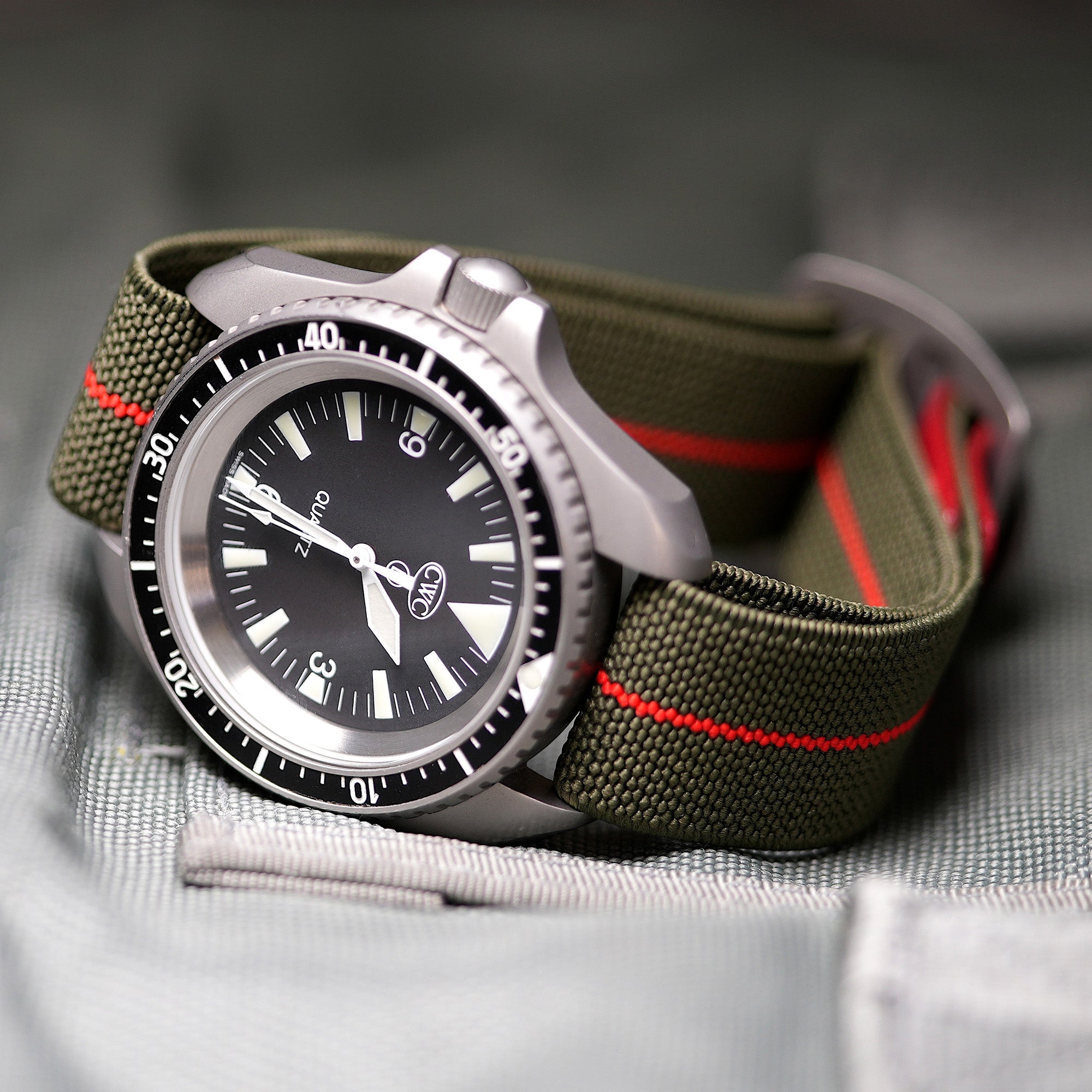
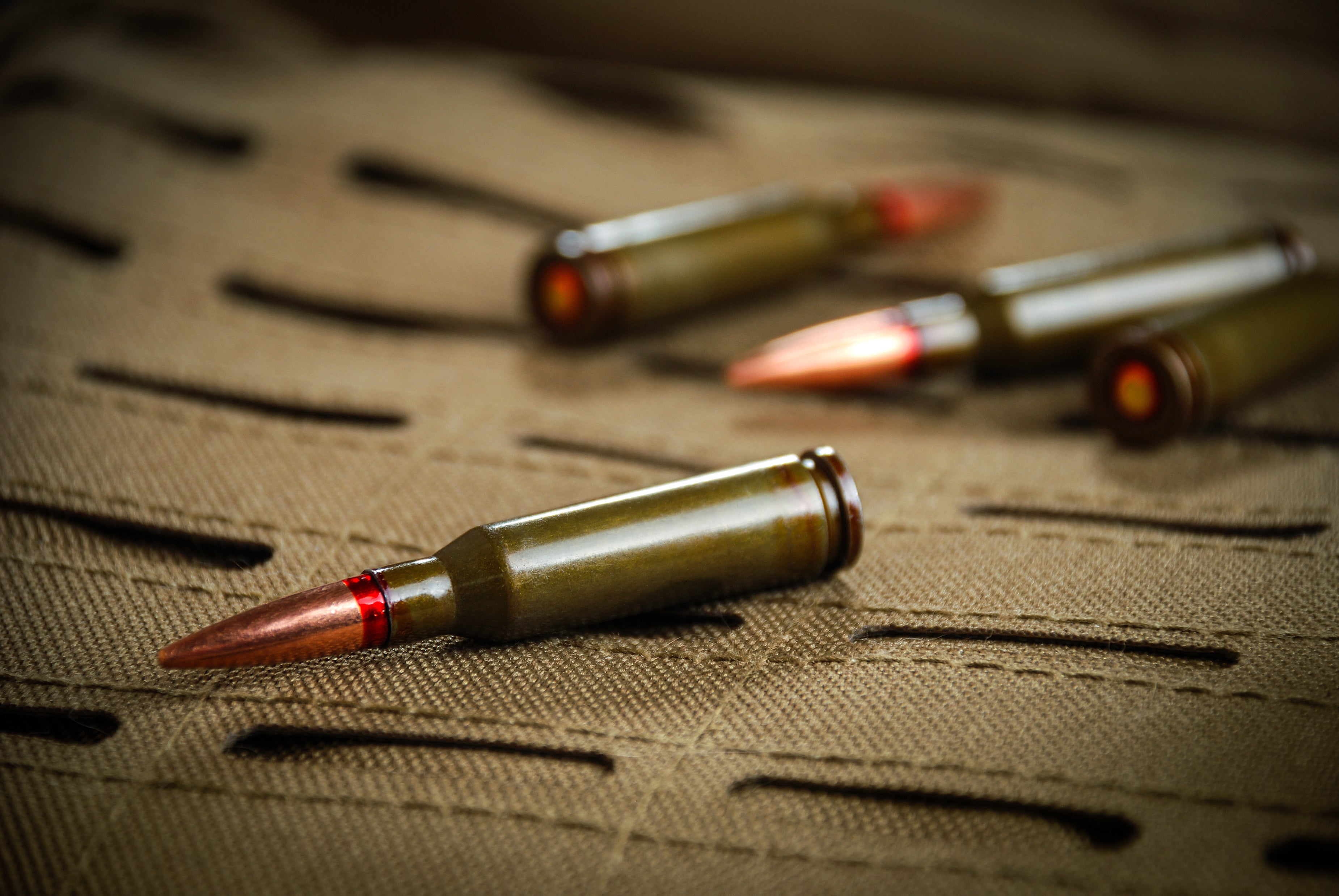
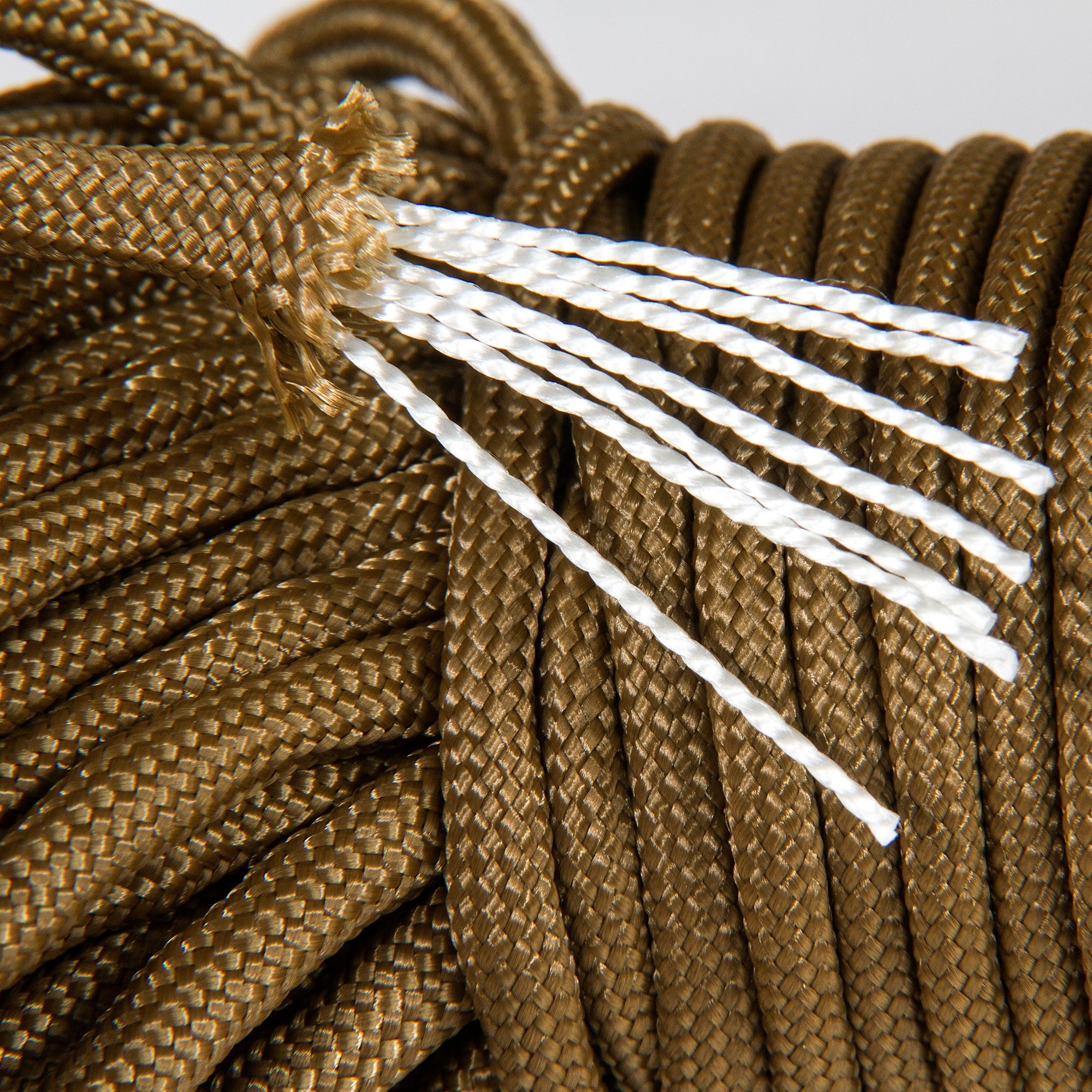
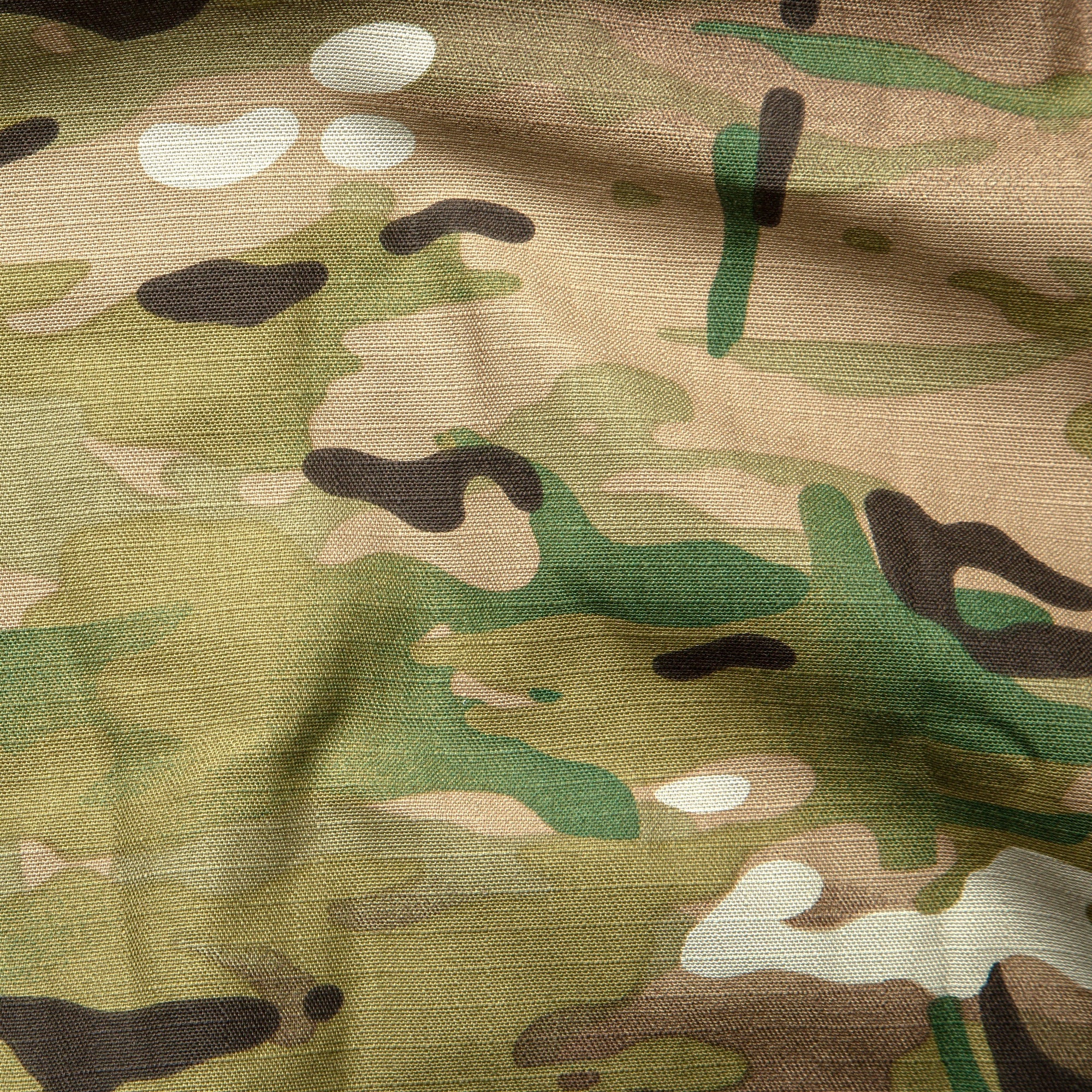
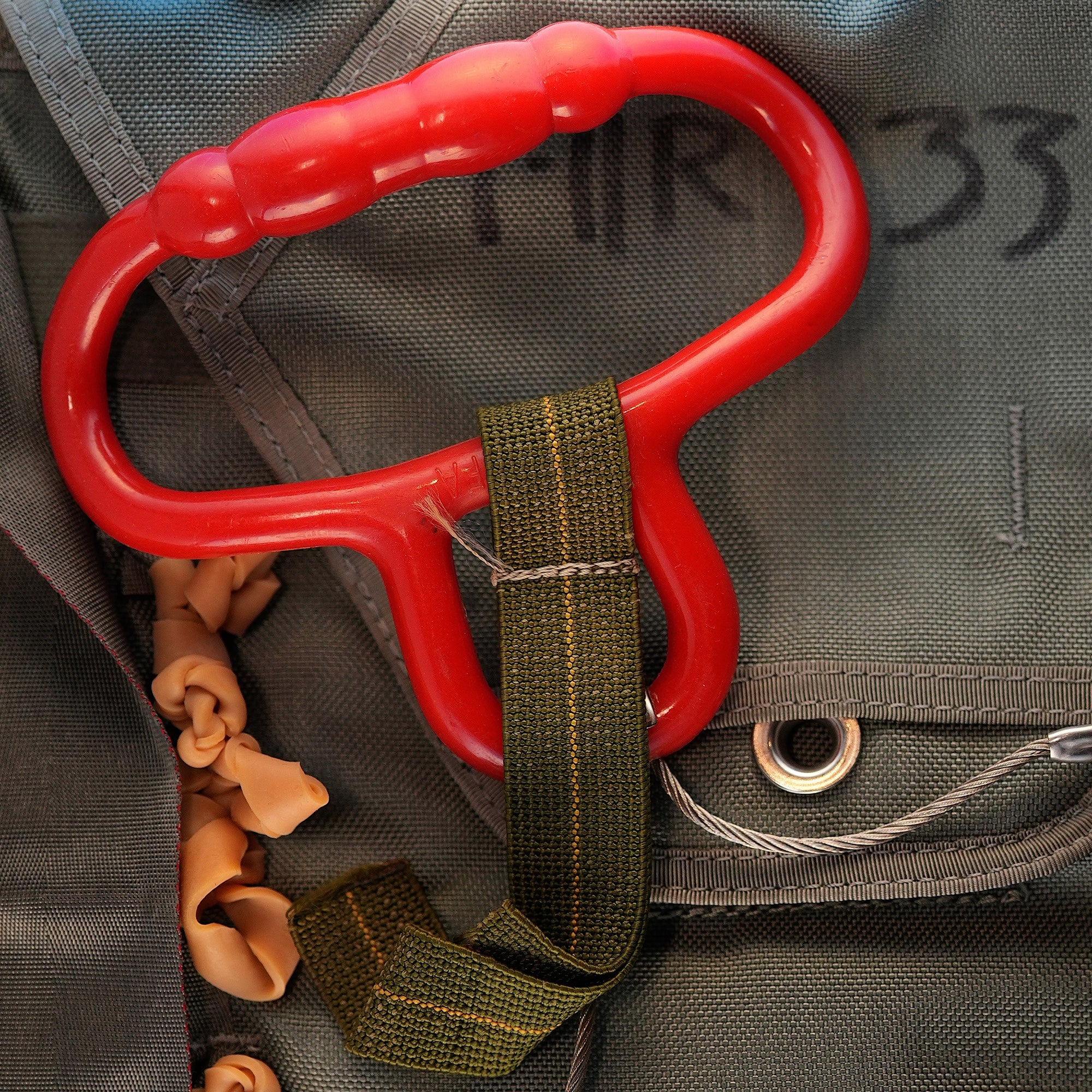
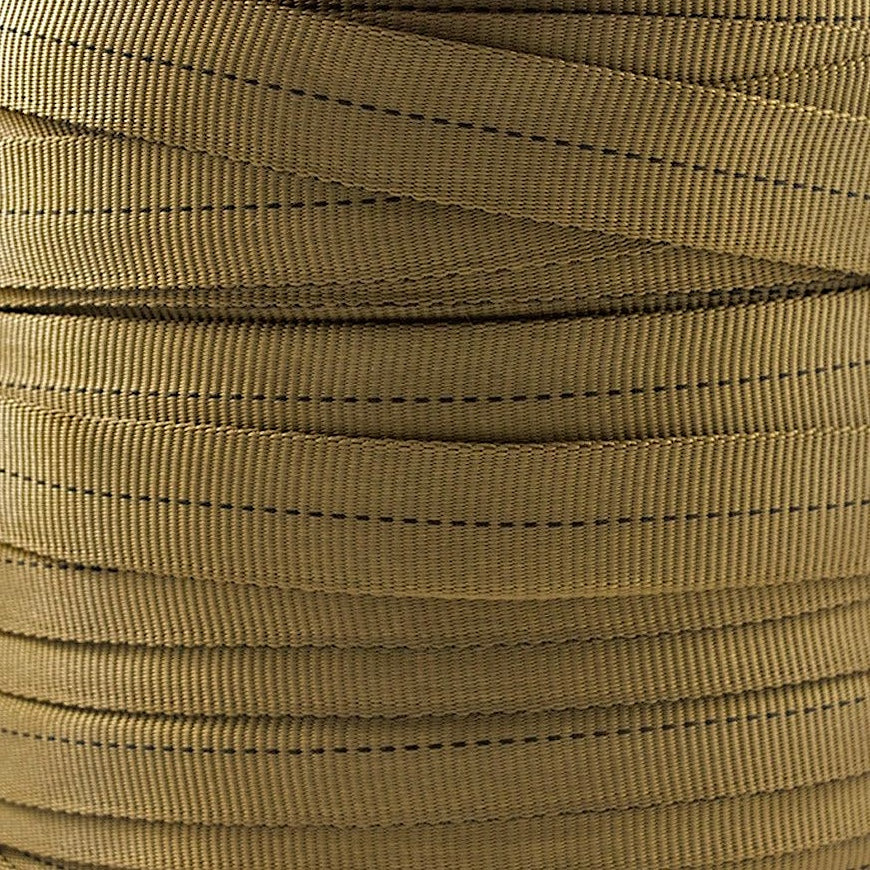
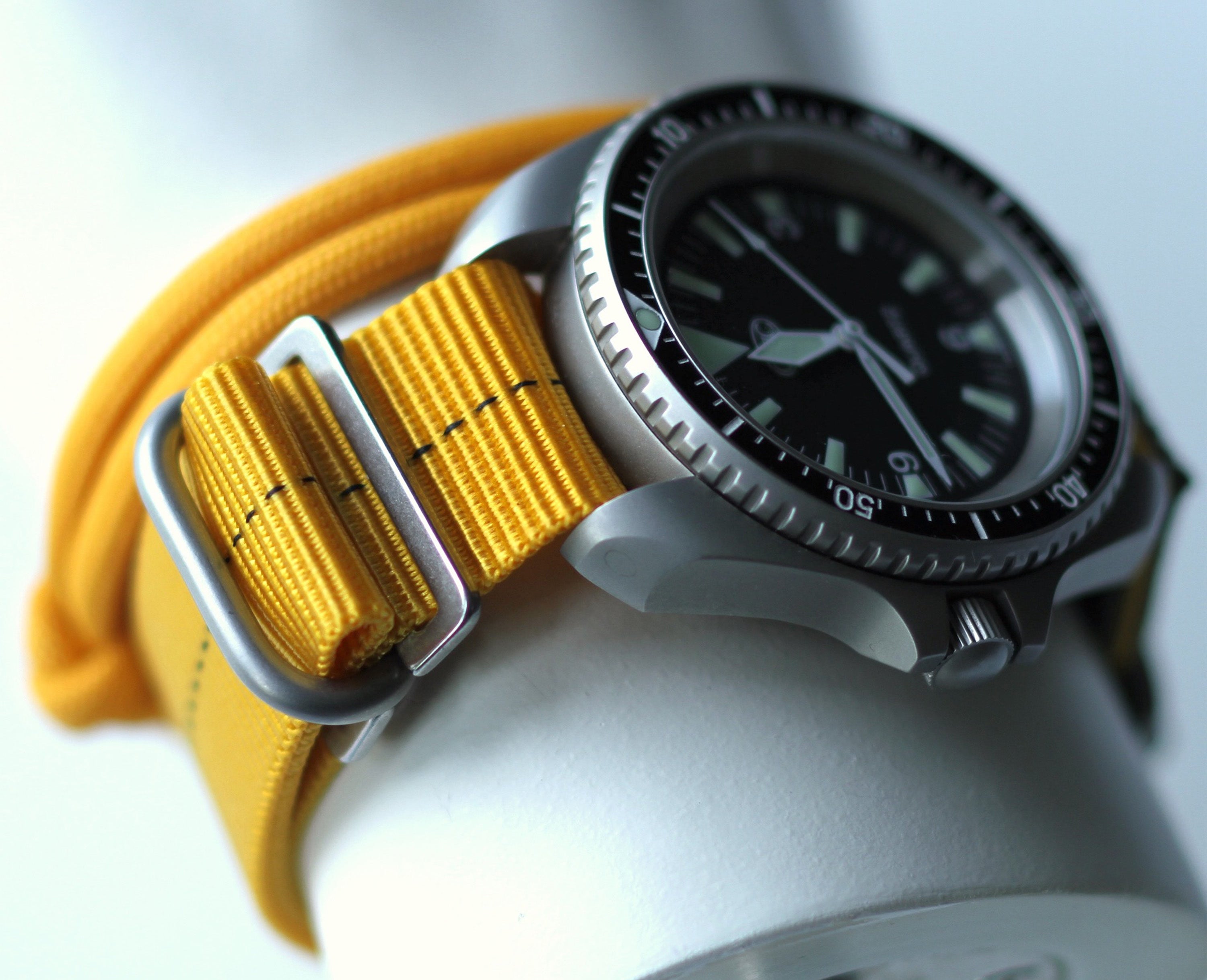
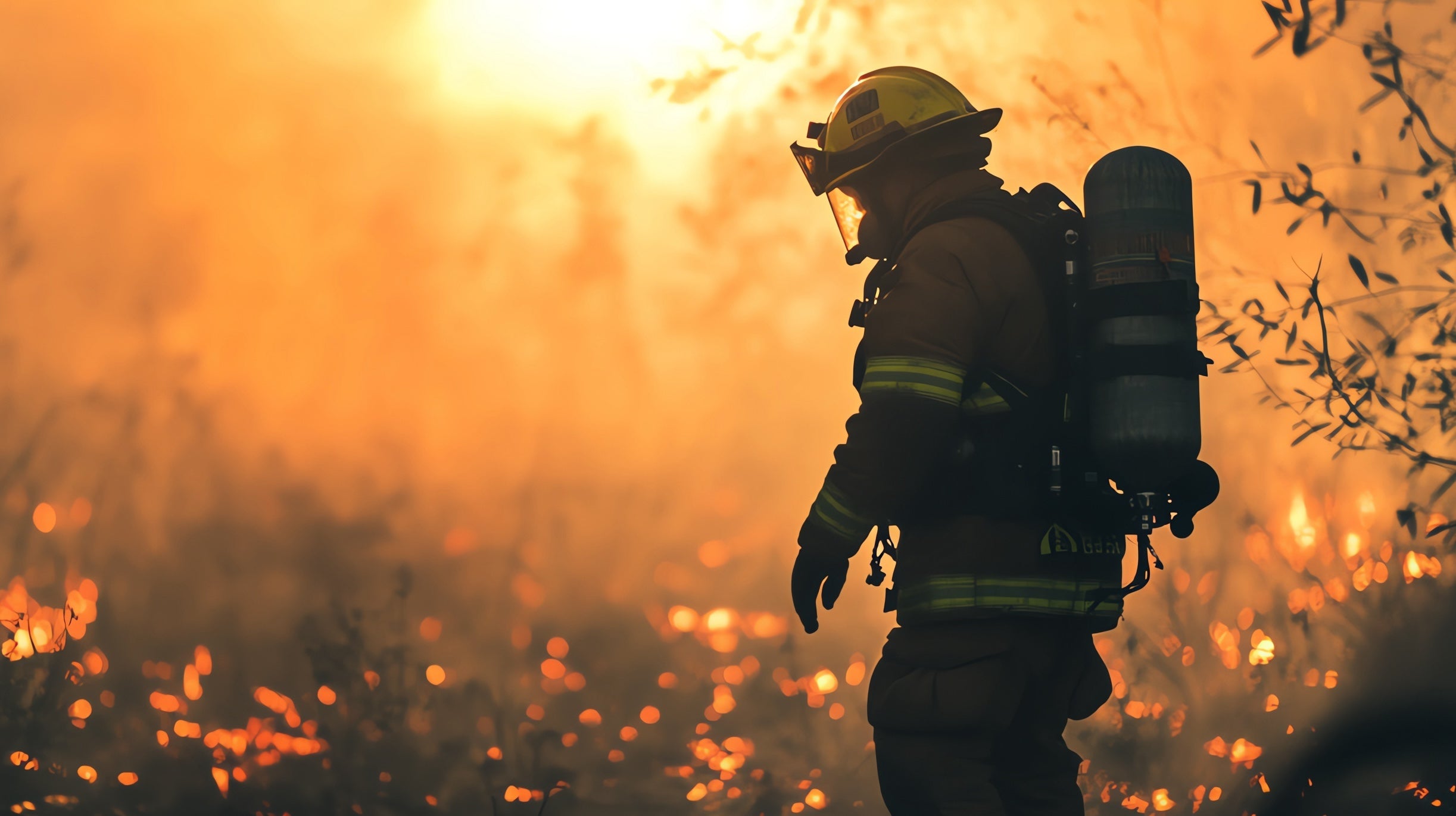
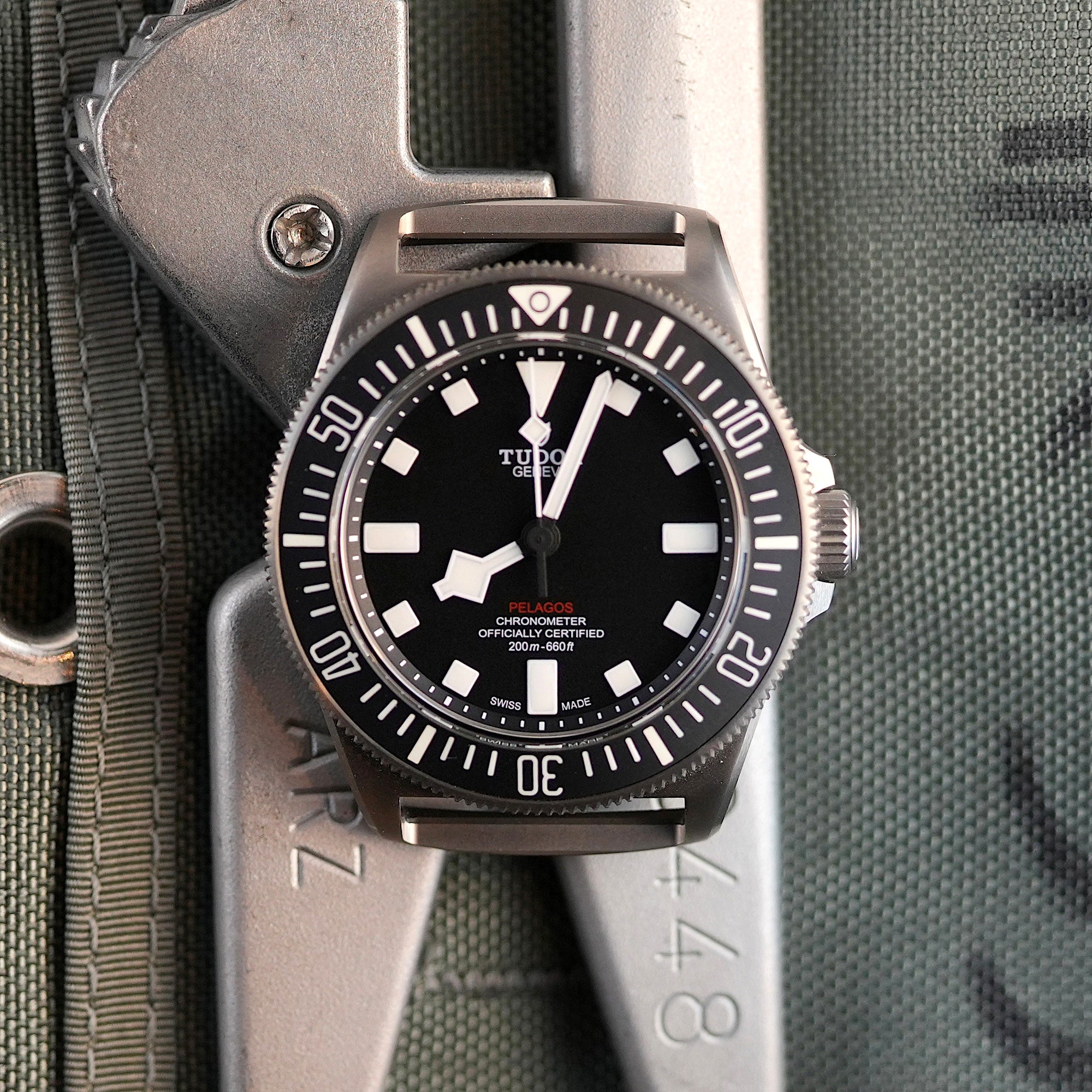
Share:
The History of CWC Cabot Watch Company Military Watches